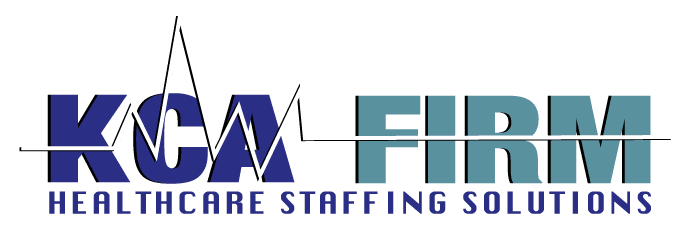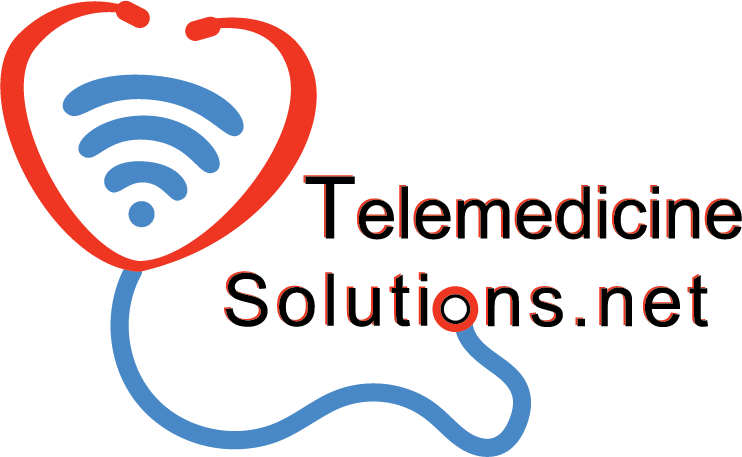Tele-Stoke and Tele-Neurology Care
Providing Better Solutions With Technology
Your Tele-Stroke and Tele-Neurology Care
How does it work?
- In case of emergency, a physician will always be available within 5 minutes, and typically in less than 2 minutes.
- Rounds with nursing staff are performed at least once every shift
- We strongly believe in the value of multi-disciplinary rounds and perform them at many hospitals
- The critical care physician communicates with other physicians to coordinate the care of the patient
What have we done/are doingfor other facilities?
- MDR
- Leap-frog compliance
- Sepsis CMS compliance
- Several Quality Metrics
Why choose us?
- Low entry cost, affordability
- Flexility, we model the program around your needs
- Experience: We have seen thousands of patients over the past several years
- Awarded awards by Intouch Health
- Board certified, tele-medicine trained docs
- Flexible, upgradeable equipment, better than hardwiring which is obsolete in a few years

The TMS Difference
What can we do for you?
- Decrease door to TPA time
- Improve stroke outcomes
- Keep patients in your own hospital
- Increase patient satisfaction
- Rapid availability of physician
- No need to travel
More about Tele-Stoke and Tele-Neurology
The founding member of this organization is an Intensivist. Through his efforts, Dr. Jeffrey Sadowsky has set up the premier Tele-Critical Care organization in the United States.
ICUs are challenged with providing appropriate coverage and continuity of care for every patient and every situation. With our Critical Care Solution, Intensivists can remotely manage and triage patients, driving better outcomes such as reducing mortality by 15-30%* and reducing patient length of stay by up to 19%.
Tele-ICU is a transformational program that uses proactive technology and two-way audiovisual communication to enable Intensivists, critical care nurses, and other critical care team specialists to collaborate in order to provide remote ICU care. Some hospitals use Tele-ICU to gain access to Intensivists; others use the service for an additional layer of critical care support. System alerts produced by sophisticated algorithm software inform remote Tele-ICU physicians and nurses of important trends in patient condition, enabling proactive clinical decision making and early identification of potential problems
Case Studies
- Partner hospitals have demonstrable improvement in clinical and financial outcomes
- Volume Growth
- Decline in ICU Mortality Rate
- Decline in ICU ALOS
- Increased ICU Patient Acuity
- Decline in Average Number of Vent Days/ICU Patient
- Decline in Hospital ALOS
- Decline in Hospital Morality Rate
The reduced Length of Stay (LOS) is another important benefit offered by these remote intensive care systems. The reduction in hospital stays further leadstothe overall cost reduction for a patient. Hence, this is anticipated to be a key demand generating factor for this industry.
More about Leap-frog
Dont have an intensivist and you are looking for leapfrog accreditation, no problem. We can help start a program from scratch. Unique options available to add one or two daytime intensivists to your staff or establish the entire program via tele critical care.
Impact on Leapfrog ICU physician staffing score
Hospitals are scored for the ICU Physician Staffing section of the Leapfrog survey based on their answers to a set of 13 questions related to the structures they have in place to care for ICU patients. Hospitals can improve Leapfrog scores by integrating 24/7 tele-ICU coverage. Current SC tele-ICU partners reporting to the Leapfrog hospital survey have earned ‘substantial progress’ or ‘fully meets standard’ Leapfrog scores.

